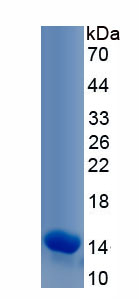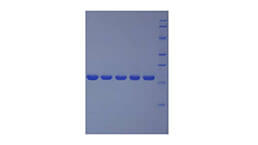Active Growth Hormone Releasing Hormone (GHRH)
GRF; GHRF; Somatocrinin; Growth-Hormone-Releasing Factor; Sermorelin; Somatoliberin
- Product No.APA438Hu02
- Organism SpeciesHomo sapiens (Human) Same name, Different species.
- Buffer FormulationPBS, pH7.4, containing 0.01% SKL, 5% Trehalose.
- Traits Freeze-dried powder
- Purity> 95%
- Isoelectric Point11.4
- ApplicationsCell culture; Activity Assays.
- DownloadInstruction Manual
- UOM 10µg50µg 200µg 1mg 5mg
- FOB
US$ 228
US$ 570
US$ 1140
US$ 3420
US$ 8550
For more details, please contact local distributors!
ACTIVITY TEST

Growth Hormone Releasing Hormone (GHRH), also known as somatocrinin, is a peptide hormone secreted by the hypothalamus. It binds to specific receptors in the pituitary gland, stimulating the synthesis and release of growth hormone (GH), which regulates growth, metabolism, and cellular functions.Growth Hormone Releasing Hormone Receptor (GHRHR) is a transmembrane receptor located on the surface of pituitary cells. It has a specific binding site that can precisely recognize and bind to GHRH.Thus a functional binding ELISA assay was conducted to detect the interaction of recombinant human GHRH and recombinant human GHRHR.Briefly, biotin-linked GHRH were diluted serially in PBS, with 0.01% BSA (pH 7.4). Duplicate samples of 100μl were then transferred to GHRHR-coated microtiter wells and incubated for 1h at 37℃. Wells were washed with PBST 3 times and incubation with Streptavidin-HRP for 30min, then wells were aspirated and washed 5 times. With the addition of substrate solution, wells were incubated 15-25 minutes at 37℃. Finally, add 50µl stop solution to the wells and read at 450nm immediately. The binding activity of GHRH and GHRHR was shown in Figure 1, the EC50 for this effect is 0.228ug/mL.
USAGE
Reconstitute in 10mM PBS (pH7.4) to a concentration of 0.1-1.0 mg/mL. Do not vortex.
STORAGE
Avoid repeated freeze/thaw cycles. Store at 2-8°C for one month. Aliquot and store at -80°C for 12 months.
STABILITY
The thermal stability is described by the loss rate. The loss rate was determined by accelerated thermal degradation test, that is, incubate the protein at 37°C for 48h, and no obvious degradation and precipitation were observed. The loss rate is less than 5% within the expiration date under appropriate storage condition.
GIVEAWAYS
INCREMENT SERVICES
-
 BCA Protein Quantification Kit
BCA Protein Quantification Kit
-
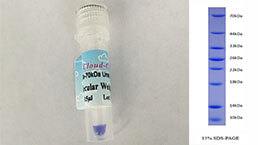 Molecular Mass Marker for Protein
Molecular Mass Marker for Protein
-
 Monoclonal Antibody Customized Service
Monoclonal Antibody Customized Service
-
 Polyclonal Antibody Customized Service
Polyclonal Antibody Customized Service
-
 Protein Activity Test Experiment Service
Protein Activity Test Experiment Service
-
 Electrophoretic Mobility Shift Assay (EMSA) Experiment Service
Electrophoretic Mobility Shift Assay (EMSA) Experiment Service
-
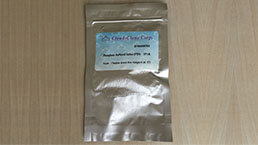 Buffer
Buffer
-
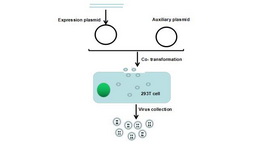 Lentivirus Packaging Experiment Service
Lentivirus Packaging Experiment Service
-
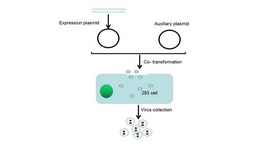 Adenovirus Packaging Experiment Service
Adenovirus Packaging Experiment Service
-
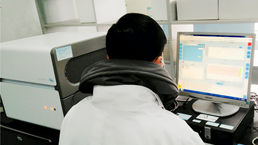 Real Time PCR Experimental Service
Real Time PCR Experimental Service
-
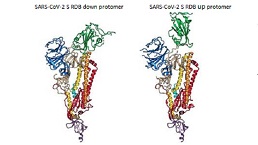 Spike RBD Protein (S-RBD)
Spike RBD Protein (S-RBD)
-
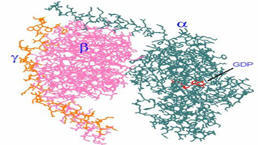 Protein G
Protein G
-
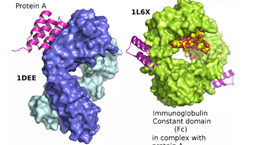 Protein A
Protein A
| Magazine | Citations |
| 19 | Role of GHRH in Sleep and Growth Impairments Induced by Upper Airway Obstruction in Rats Ers: 00197610 |
| 19 | Role of growth hormone-releasing hormone in sleep and growth impairments induced by upper airway obstruction in rats PubMed: 21406516 |
| Global Veterinaria | Effect of Moringa Oleifera Extract on Nicotine Induced Neurotoxicity in Female Rat and Their Embryos Idosi: Source |
| Cell Reports | Zika Virus Infection in Hypothalamus Causes Hormone Deficiencies and Leads to Irreversible Growth Delay and Memory Impairment in Mice Pubmed: 30404008 |
| Drug Testing and Analysis | An Immuno‐PCR screen for the detection of CJC‐1295 and other Growth Hormone Releasing Hormone analogues in equine plasma Pubmed: 30489688 |
| Sleep and Breathing | Effects of somatotropic axis on cognitive dysfunction of obstructive sleep apnea Pubmed: 31073904 |
| Diabetes | Lack of brain insulin receptor substrate-1 causes growth retardation, with decreased expression of growth hormone-releasing hormone in the hypothalamus. 33980693 |
| Sci Rep | Associations between serum levels of brain-derived neurotrophic factor, corticotropin releasing hormone and mental distress in vitiligo patients Pubmed:35508633 |


